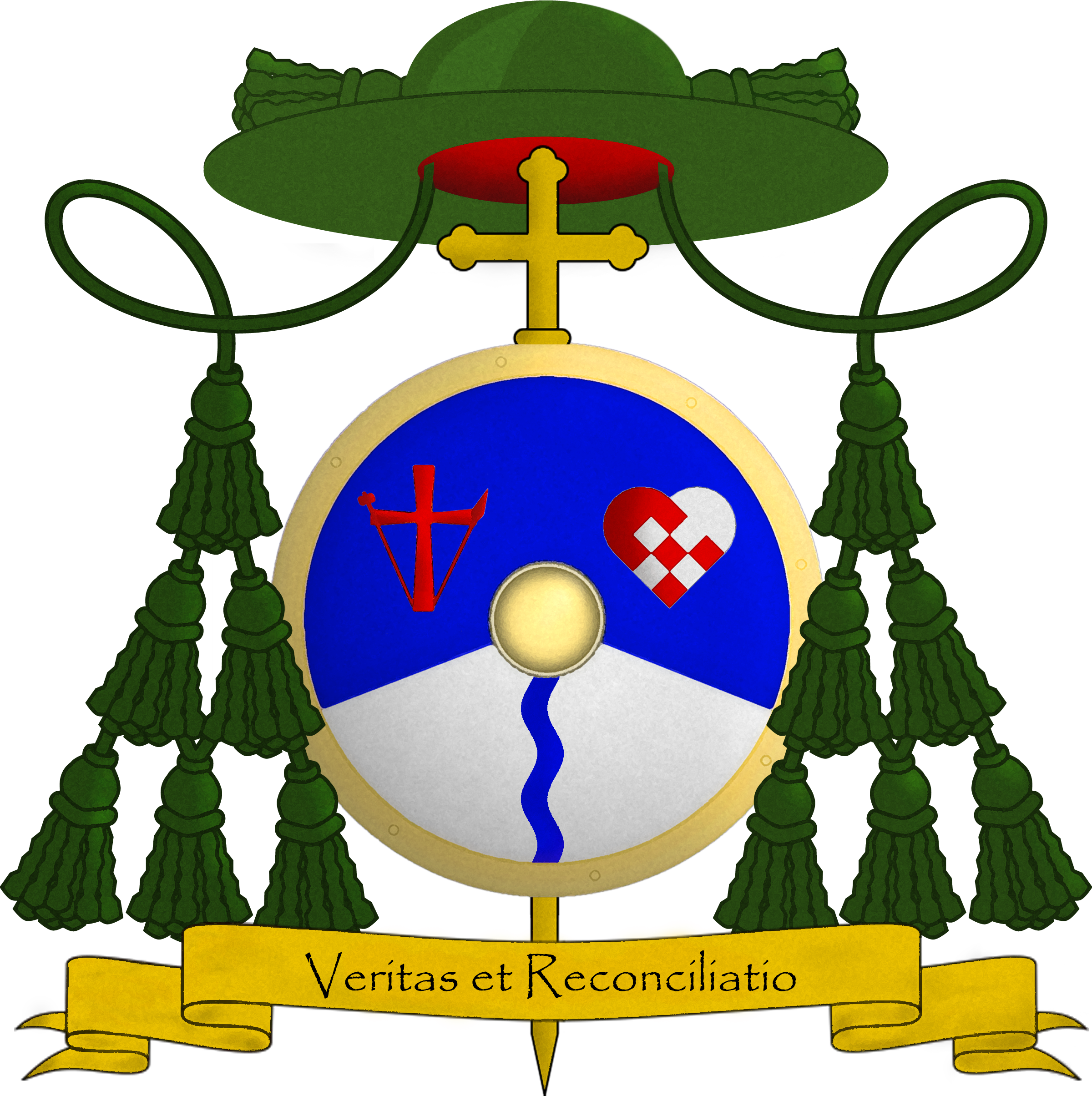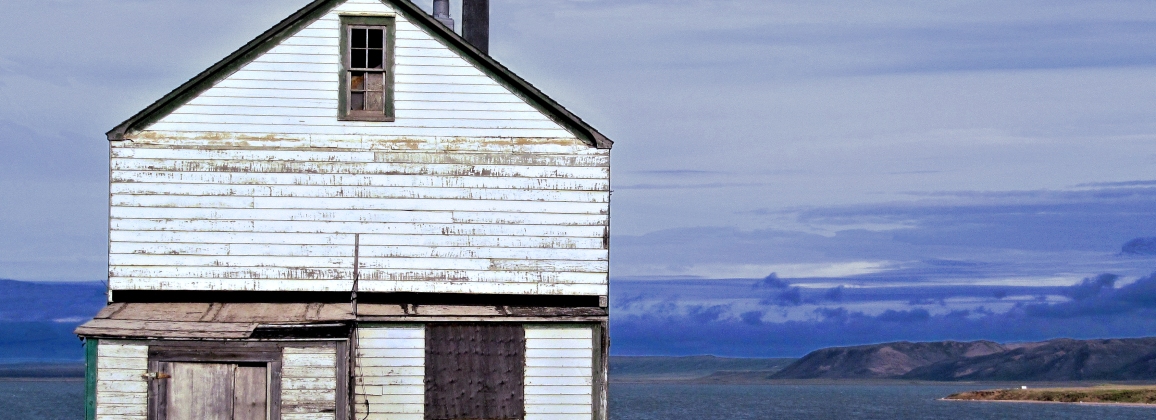A brief history of our diocese written by the Chancelor of the Diocese, Jim Lynn
To truly appreciate the long and momentous history of the Diocese MacKenzie-Fort Smith one really has to look back to Fr. Alexandre Tache, o.m.i. who in 1847 made the trip from Saint Boniface Manitoba to Fort Chipewyan Northern Territory. After three weeks of intensive religious instruction some 194 Baptisms were celebrated.
These first fruits lead many native people of Northern Canada to adopt the Catholic faith. Hundreds of missionaries (priests, sisters and brothers) would follow Fr. Tache in crossing lakes, rivers, forests, & tundra, in all conditions, to as far as the Arctic Circle by 1857.
These priests, brothers, and religious served under a number of Bishops as the boundaries of the Vicariate transformed with the “changing of times.” They established many missions throughout the territory buildings churches, hospitals and schools and bringing people to the Lord.
In 1967, the Vicariate of Mackenzie became the Diocese of MacKenzie – Fort Smith. Under the leadership of Bishop Paul Piche o.m.i., it was clear “these times they are a changing”. Mission schools and hospitals were now government run and there was a lack of vocations to the priesthood and religious life. In 1960 the
Diocese was composed of 60 Oblate priests, 40 Brothers, 112 Grey Nuns. These religious men and women did everything from running hospitals, to building and maintaining mission buildings and institutions to instructing the faith and celebrating the sacraments. An important fact to be noted is that some 40 Missionaries died in tragic circumstances (lost in storms, drowned, shot, or frozen) since the early days of the Northern Church. Currently in 2018 there are 2 Polish Oblates, 1 Oblate Brother, 1 Redemptorist (our Bishop elect), 1 priest on loan from New Brunswick and 3 priests from Nigeria (1 religious and 2 Diocesan priests) and 5 Religious women.
Just as the Church has changed, so have society and the people the Church serves. Life in the north has gone from isolated remote communities where everyone lived off the land to today, where many are working two weeks out at one of the mines and then home for two weeks. This new environment and lifestyle has and is taking a toll on faith and family life.
The Church has and continues to adapt to these “changing times”. Vatican II clearlyacknowledged the place and role of ordinary lay Catholic. In the late 1980’s Bishop Denis Croteau wanted to hear from the people what were their needs were. A Diocesan Synod was envisioned and over 3 years Bishop Croteau listened with his heart to the needs and wishes of those he served. As a result, at of the conclusion of the Diocesan Synod in July 1991, many, mainly aboriginal people, stepped forward to assume leadership roles as pastoral leaders. These pastoral leaders were trained and supported to lead the Sunday Liturgy of the Word & Communion Services. Many of these same pastoral leaders continue today to gather the faithful on Sundays and assist with sacramental preparation as well as marry and bury members of their community. Most of the 35 native missions have a lay led celebration every Sunday, with the Bishop or priest making a visit every three or four months. This is hardly the ideal for a Church, where the role of the priest (Eucharist & Reconciliation) is so essential. It is, however, good that the Church has recognized and encouraged the laity to exercise the priesthood of their own Baptism.
Where to from here in the life of the Northern Church? More of the same may be the case for some time. However, this commitment to faith and community becomes more difficult as many young people do not have the same dedication to the Lord and Church as did their elders. The culture of the Dene people considers a man incomplete without the companionship of a woman. For this significant reason and others, there have been no vocations or ordinations to the priesthood in the nearly 175 years of Church presence in the territory. As other rites in the Catholic faith, and now our rite accepts married priests from our Anglican brothers, maybe it is time to reach out and open the doors and prayerfully foster vocations from our aboriginal people, who are a very spiritual people.
In summary, the words of St. Pope John Paul II, speaks to the background and history of the Diocese as well as the hope for the future. “For untold generations, you the native peoples have lived in a relationship of trust with the Creator, seeking the beauty and the richness of the land as coming from His bountiful hand. …In contact with the forces of nature.

Such is the dream, vision and hope of the Diocese as we move forward in “these times which are a changing.” We move forward under the guidance of the Holy Spirit and the shepherding of the Most Rev. Jon Hansen, CSSR with the northern people of God exercising their priestly role as bestowed by Baptism.

